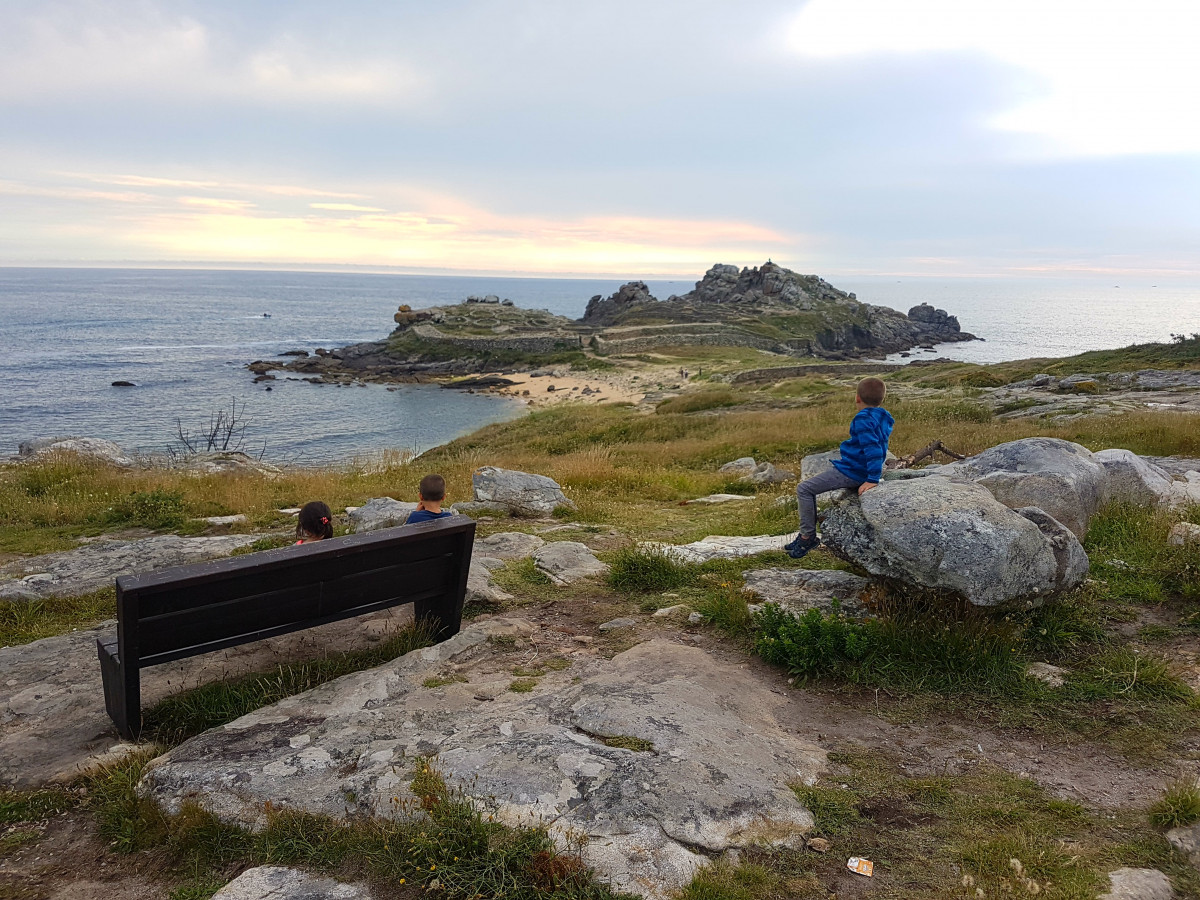
The Camino Portugués (Portuguesed Way) to Santiago pass through Hotel Scala and we are also located at a strategic point to discover Galicia. Now in summer our guests want to know especially the beautiful Galician Rias (estuaries). The two closest, a few kilometers, are the Muros and Noia and the Arousa, but we are not far from the famous Costa da Morte -in the lower Rias Altas- and the AP-9 motorway leaves us to shot stone of the rest of the Rías Baixas. Do we make a route?
The once frequent shipwrecks gave name to the most southern stretch of the Galician Rias Altas. In Carnota are both the 'hórreos' (granaries) that compete to be the largest. of Galicia as the longest beach in the community, with seven kilometers long, and whose panoramic we can completely cover the mythical Monte Pindo. A little further on, the Xallas River cascade over the sea in the unique spot of O Ézaro. The route continues north to reach the end of the Roman land, Fisterra, and also to the sanctuary of Virxe da Barca in Muxía, where today a good number of the pilgrims decide to continue on their way to Santiago.
In addition to the marine and medieval villages of Muros and Noia, there are many essential visits in this area, from natural sites such as Monte Louro or the Corrubedo dunes to impressive beaches such as As Furnas, immortalized by the Oscar-winning film Mar Adentro or the Fariña television series, passing through impressive archaeological sites such as the Castro de Baroña, one of the few examples of this type of settlement of the ancient inhabitants of Galicia located next to the sea on a beautiful peninsula.
Vilagarcía de Arousa, Rianxo, Boiro, A Pobra ... are just some of the places where we can take a walk in what is the largest estuary in the world and perhaps also the most famous and tourist of the Galician Rias. Who does not know the island of A Toxa or the festivals of Marisco (seafood) in O Grove and the wine Albariño in Cambados? It is also the birthplace of writers such as Valle-Inclán or Castelao, it can boast of the kilometric beach of A Lanzada, of the O Carreirón Natural Park in A Illa de Arousa and hosts some of Spain's best known canneries such as Jealsa Rianxeira or Escurís.
The AP-9, which joins Galicia from north to south, allows Padrón to reach the cities of Pontevedra and Vigo, Sanxenxo, the iconic Combarro with its granaries facing the sea, the beautiful town of Baiona or the Monte de Santa Tegra, in A Guarda, which the 'castro' most visited fort of Galicia and from which we look at Portugal on the mouth of the Miño river.
For which of these routes do you decide? Or do you think you'll have to go through them all? The only thing that will change is the number of night you will spend with us because remember that we are the perfect starting point to know the Galician Rias. Reserve now!